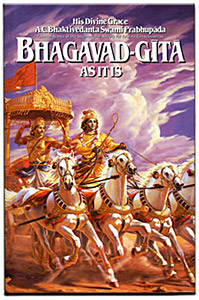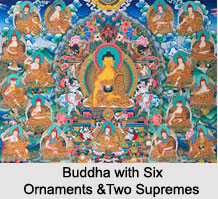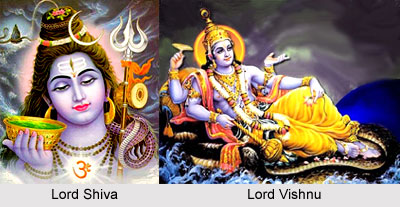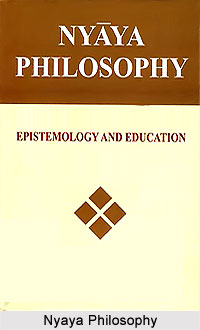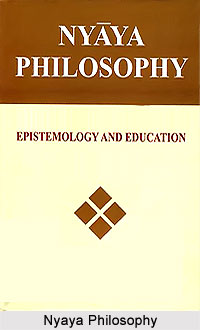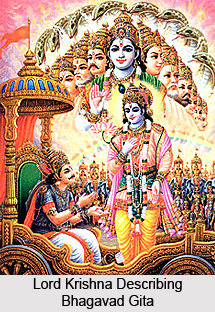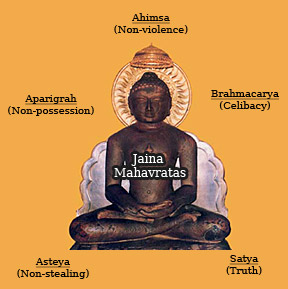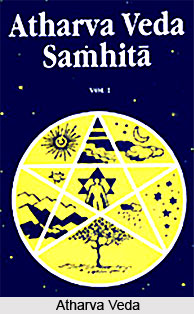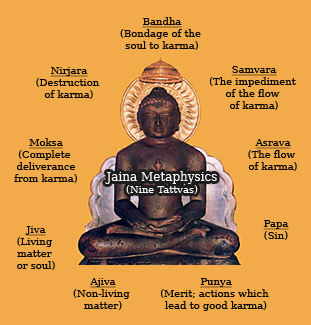According to the Charvakas, there is no such thing as the atman. One does not and cannot perceive the atman, and one cannot establish its existence with the help of inference, because inference is not a valid source of knowledge. The Charvakas state that consciousness is not due to the atman. When a man dies, his/her consciousness goes away and one cannot prove that it vanishes and exists somewhere else. Being conscious is a peculiar quality of the living human body. It can keep back the consciousness so long as the physical parts are healthy and stay together in a certain form. Consciousness thus is an emergent quality of the physical parts coming together in specific proportions. For example, when yeast is blended with certain juices, they turn into wine. The property of being wine is a new quality which yeast and juices obtain when blended. Therefore, according to Charvaka metaphysics, life also is only a new configuration of matter. Nothing but matter is real.
Therefore the atman or self-awareness is only the physical body with a new emerging quality. But one always says that, `I have a handsome body, a tall body` and so on. If the `I` is not different from the body, how can it say: `I have such and such a body`? To this the Charvakas answer by saying that the use of `have` in these expressions is only conventional, created by the false impression that the `I` is different from the body.
The Charvaka metaphysics speak of the mind (manas), which is different from the atman. But the Charvakas appear to think of mind as the consciousness in its knowing function, which of course is not separate from the body. The body together with its consciousness is the atman and consciousness in its experiencing function is the mind. Mind knows the external world through the senses.
The world is the material world only. According to the Charvaka metaphysics, it does not consist of five elements. Earth, water, fire, air, and ether are the usual five elements corresponding to the qualities smell, taste, colour, touch, and sound, and also corresponding to the five sense organs, nose, tongue, eye, touch, and ear. Excepting ether, the first four elements are perceivable. Hence the Charvakas deny the reality of ether. It was believed that the cause of sound in the ear was the all-pervading ether. But the Charvakas say that sound is caused by air touching the ear. Sound occurs due to the movement of air, not of ether. The other four elements make up the world. They consist of tiny particles. The particles accepted by the Charvakas are visible particles; they could not accept the reality of anything that could not be comprehended with the senses.
Charvaka metaphysics are of the faith that there is no external cause for the four elements coming together and obtaining the qualities of life and consciousness. It is their inherent quality to come together and to have those qualities. However one cannot generalise on this process and establish a law that, whenever these four elements come together in certain ratio, life and consciousness will emerge. The elements may alter their nature any time. One cannot, therefore say that Nature comprises some eternal laws. Every event is a probability, and if it develops into something, then it develops according to its own peculiar nature. One may conclude that, according to the Charvaka metaphysics, the existence of everything is a chance, and that there are no laws of nature, but every object possesses its own nature.


